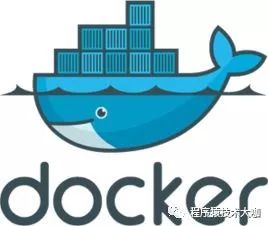I've built a ractive.js app using partials. These partials are loaded via fetch/ajax - and all works nicely.
I then decided I wanted to encapsulate data along with the partial so looked at components - as I understood a component to do just that: Isolate a template/partial with its data.
I then looked to load the components in: http://ractivejs.github.io/ractive-load/
However, I don't really see the advantage of this approach - as it appears with the loader you can only load in the components template, not the entire encapsulated component (data, templates etc). You still have to put the data onto the main ractive instance (as you would with a partial).
I'm trying to dyanamically update the component. I'm also using page.js for routing. I'm trying to separate out all the concerns.
I'm probably not explaining myself very well - here is my code... most of it was taken from martydpx's answer here How to create Ractive's subcomponents dynamically and change them programmatically )
....
<dynamic name='{{name}}'/>
</script>
<script>
// Component loader
Ractive.load({
home: '/components/home.html', // seems this can only contain a template. Is it possible for it to contain everything - data and all?
packs: '/components/packs.html',
....
addplayer: '/components/addplayer.html',
notfound: '/components/notfound.html',
}).then( function ( components ) {
Ractive.components[ 'home' ] = components.home;
Ractive.components[ 'packs' ] = components.packs;
....
Ractive.components[ 'addplayer' ] = components.addplayer;
Ractive.components[ 'notfound' ] = components.notfound;
// dynamically load component based on route
Ractive.components.dynamic = Ractive.extend({
template: '<component/>',
components: {
component: function() {
this.set('foo','bar'); // I can dynamically set the data here.. but how would I add defaults for each component, within the component?
return this.get('route');
}
},
oninit: function(){
this.observe('route', function(){
this.reset();
},
{ init: false}
);
}
});
var r = new Ractive({
el: document.body,
template: '#template',
data: {
route: 'home'
}
});
// Routing. Sets the route... which triggers the component
page('/', index);
...
page();
function index() {
console.log('index');
r.set('route','home')
}
EDIT
I've read this - which has been a great help :)
https://github.com/ractivejs/component-spec/blob/master/authors.md
In the dynamic component scenario - how would I dynamically update component specific data. I seem to be able to do it when the component tag is hardwired into the page... but not when the component tag is dynamically created. After much playing about in the console - its as if it doesn't see the dynamic component. So things like r.findComponent('home').get() don't work.
Yet, if I put a <home/> tag in the template - it does work.
Also, do components automatically 'tear down' when they're un-rendered?



